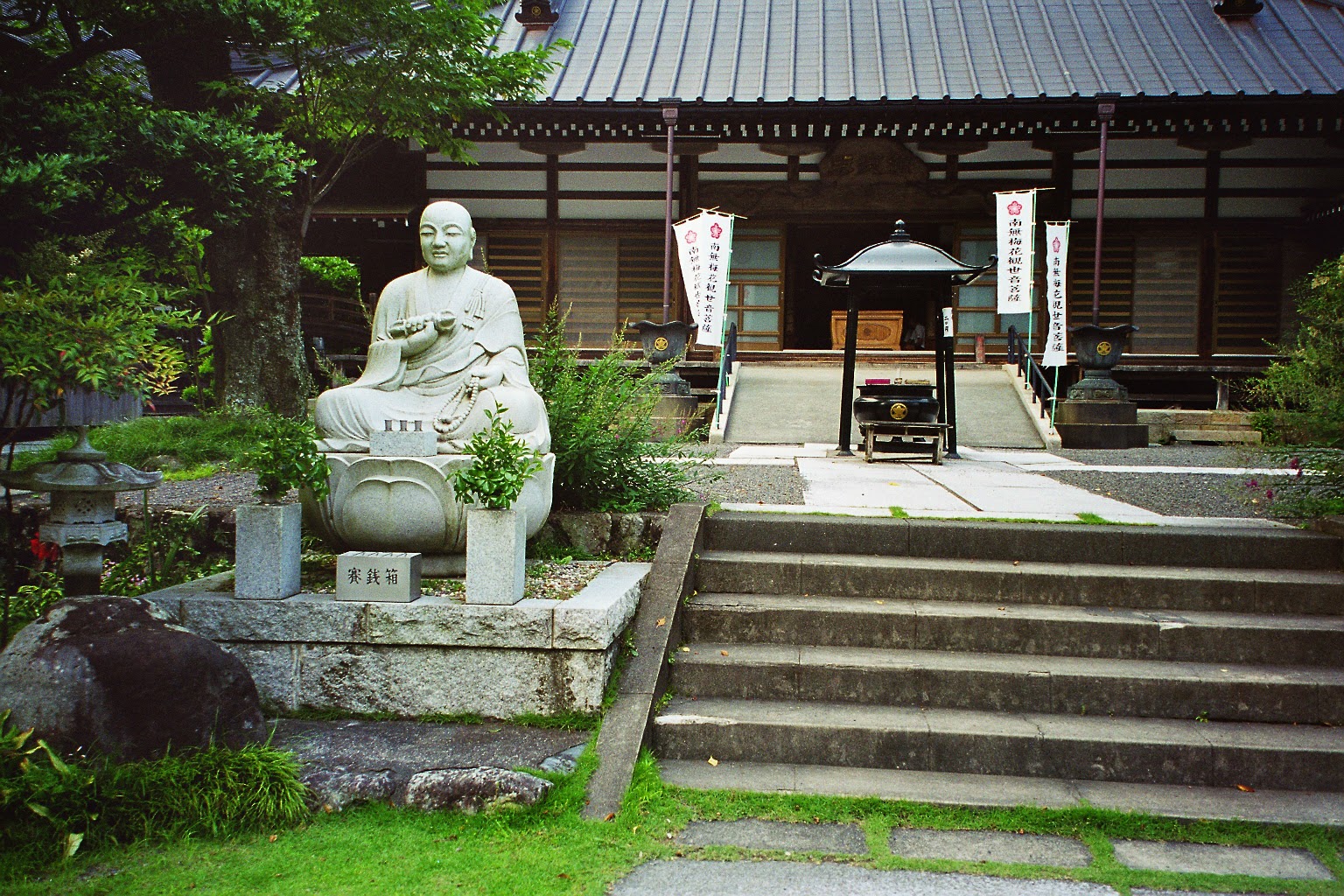Dôgen says: “Reflection is prajnyâ
itself.” And Nishijima adds that this occurs “when the autonomic nervous
system is balanced“ and this is just clear, comprehensive intuition. Nishijima
Roshi thinks in this regard that western civilization does not revere human
intuition very much and that people think “that
is sometimes very dangerous for human beings to decide important decisions
relying upon intuition”.
But Buddhism is different and has the unique principle
of this clear and trained intuition. It is much more powerful for
decision-making than sequential logic and mathematic models.
By the way, modern neuroscience has proved beyond doubt that this
balance is of the utmost importance for our lives and that it is stupid to
separate the brain from the body and call it “mind”. And it has been proved
that this ability can be trained and developed especially with meditation such
as Zen.
Especially in the modern world with its stress, anxiety and excess of
unimportant, useless information it is necessary for us to have instruments to
train so that we can experience balance and the true self. We have to come back
to our center to know what is essential for our lives and what is not.
Dôgen has not developed a complicated and hairsplitting philosophy about
prajnyâ and emptiness. He quotes a monk from Buddha´s order who bows in
veneration to the profound prajnyâ pâramitâ. By doing this and being exactly in
the present moment, he experiences intimately the great wisdom. Nishijima Roshi
says:
“The monk's
secretly working concrete mind at this moment is, in the state of bowing in
veneration of real dharmas, prajnyâ itself – whether or not (real dharmas) are
without appearance and disappearance – and this is a venerative bow itself”
So he has a sincere attitude and is acting secretly for himself without
anybody looking at him, and in this prostration lies the exact manifestation of
prajnyâ.
Just perform this prostration: in
the reality of veneration the truth of
the world and the universe itself are to be found.
In most Buddhist texts and especially in Zen Buddhism the wording for
emptiness is: “being without”. This means without ideology, for example
ideology which is religious or controlled by greed. Nishijima Roshi says: “The
translation ´being without´ seems to be very difficult, but I think that it is
better for me to replace it with ´as it is.´”
That means without ideology and not controlled by
greed and without delusions, that is the balanced state and the Middle Way.
Dôgen speaks about emptiness and prajnyâ calling it space: “So researching prajnyâ is space itself,
space is the research of prajnyâ.” Because space is everywhere in the
universe, it is a good symbol for prajnyâ and it exists in the present moment.
Nishijima explains,
“Therefore if we like to know what prajnyâ is, it is
better for us to suppose the space and we can think that when we have the
balance state of the autonomic nervous system we can always use our own prajnyâ
everywhere at the present moment.”
So we do not experience prajnyâ in an exotic situation, in a specific
mystic meditation, but it is everywhere if we are open to it and trained to
experience it. And Zen meditation is a powerful tool enabling us to enter the
reality of this great wisdom. It’s impossible to experience it just by reading
intelligent books and having nice dialogs with Buddhist teachers; it must be
learned and practiced with body and mind. Nishijima says:
“Therefore a person, who is always keeping the
balanced state, can be always called Buddha.”
That means that the person who is
not able to keep the balanced state can never be called Buddha and will be
ruled by sophisticated ideas and deluded emotions
Dôgen quotes his own Master, the eternal
Buddha, on the subject of prajnyâ with a wonderful poem of a windbell:
“Whole body like
a mouth, hanging in space;
Not asking
if the wind is east, west, south, or north,
For all
others equally, it speaks prajnā.
Chin
ten ton ryan chin ten ton.“
And at the end of this chapter, “These
real Dharmas are bare manifestations…Neither dirty nor pure”; they are just
reality and the truth.













.jpg)